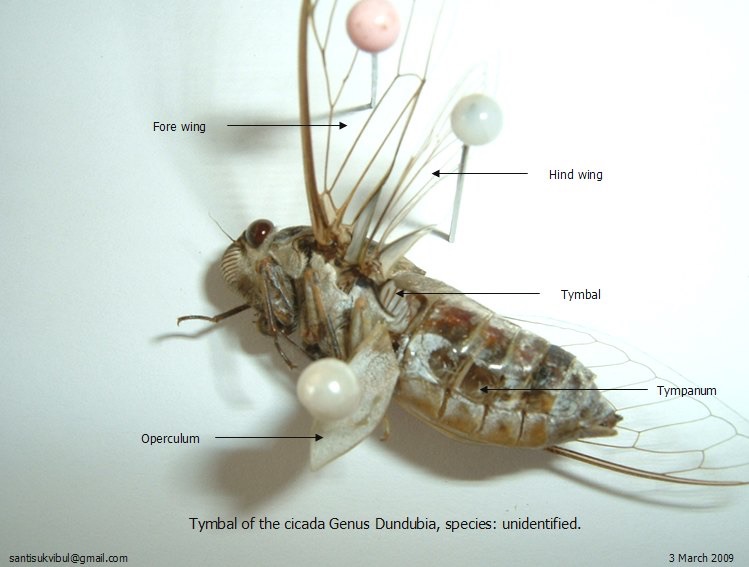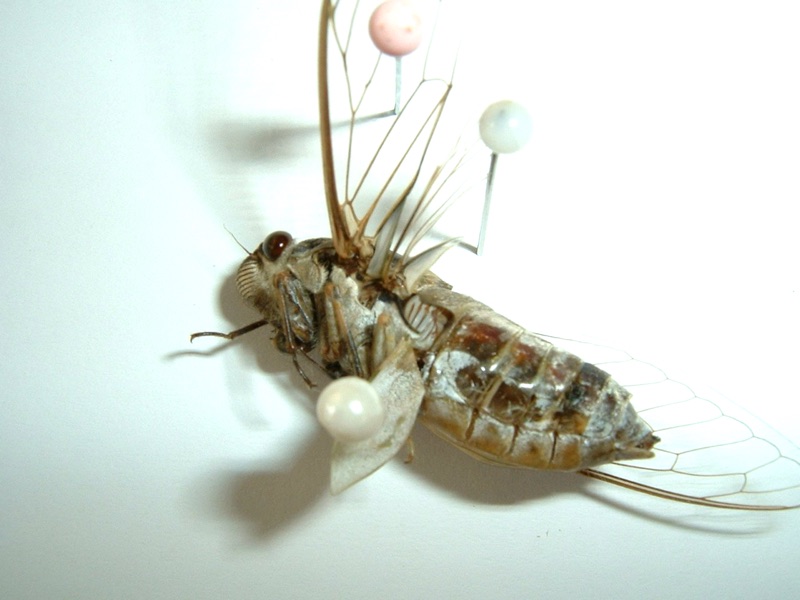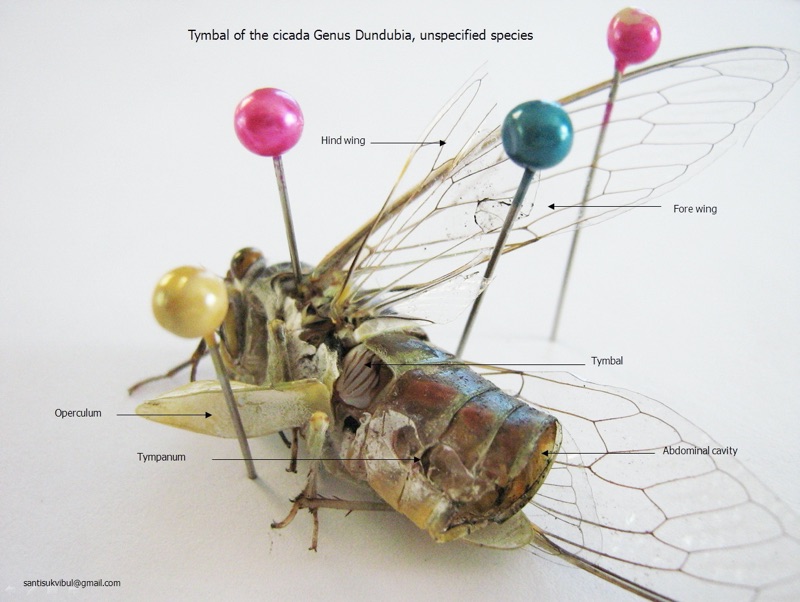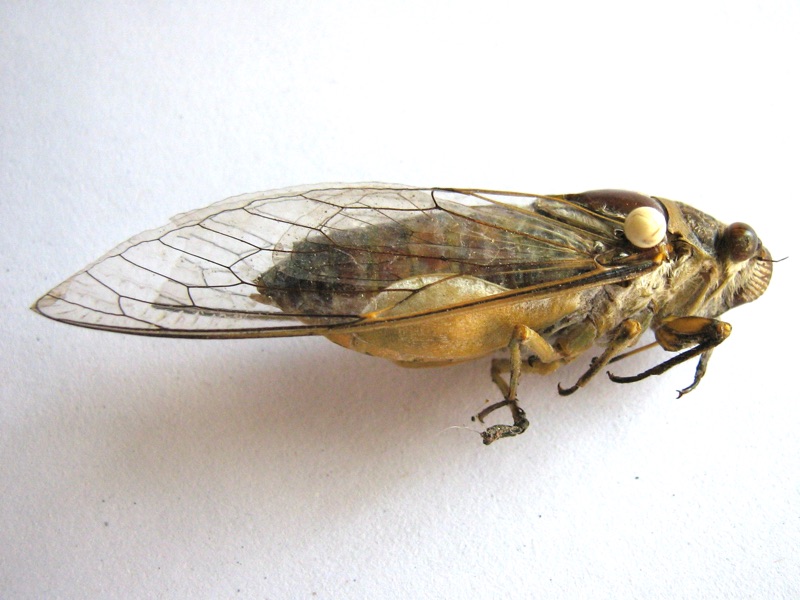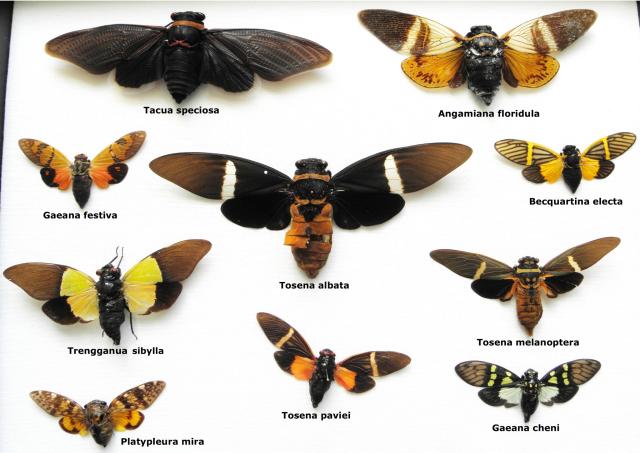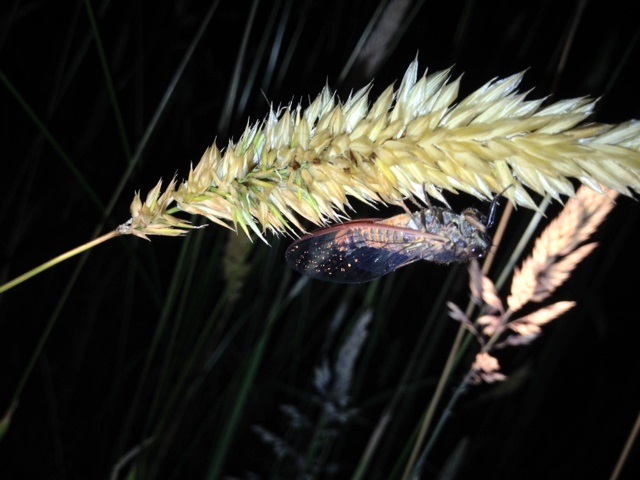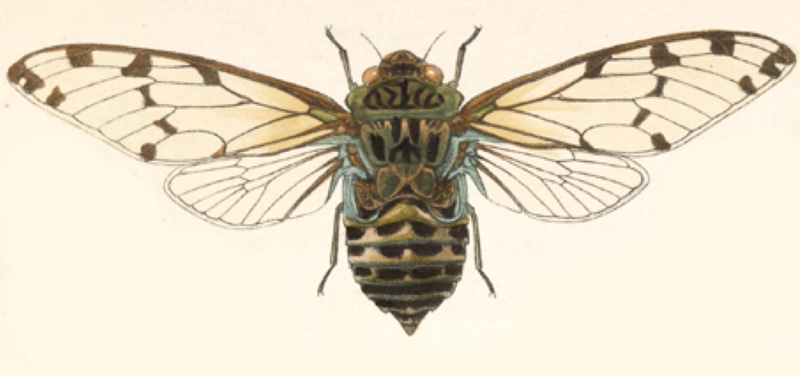Roy Troutman spotted and photographed periodical cicada turrets in Chilo Lock 34 Park in Chilo, OH. We expect 13 year cicadas to emerge in Ohio and Kentucky this year, and this is proof it will happen.

This group of cicadas is not officially aligned with a Brood, but given enough research, documentation and population samples, I imagine they’ll be aligned with Brood XXII (although they might be genetically different from the cicadas in LA and MS). TBD.
